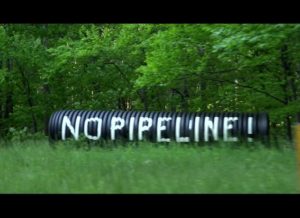Extended Producer Responsibility for EV Batteries
New Jersey enacts EPR for EV batteries (resource-recycling.com)
New Jersey is the first state to make producers responsible for electric vehicle batteries and other, similar propulsion batteries. In three years, a ban on disposing of propulsion batteries in landfills [in N.J.] will come into effect. A consumer complaints and public education program is being established by the N.J. Department of Environmental Protection. Battery producers will be required to create and submit management plans to the state Department of Environmental Protection
Other states have used similar extended producer responsibility (EPR) bills to manage other kinds of batteries. Vermont did so in 2014 for single-use household batteries. In 2021, Washington D.C. enacted the U.S.’s first single-use and rechargeable battery EPR law, followed by California in 2022 and Washington state in 2023.
Banning EV batteries from landfills could help build the battery recycling industry.






